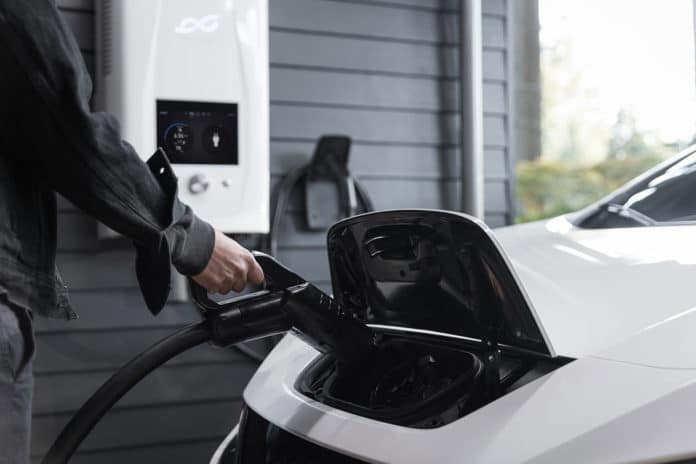The area of photovoltaics (PV) is rapidly increasing in popularity. Electromobility is also seeing strong growth. An electric car that runs on PV power sounds appealing, but is it really possible to enjoy flexibility with a vehicle charged through a home photovoltaic system?
An ETH research team has now brought the growth of photovoltaics and electromobility together in a hypothetical approach. They wanted to know the extent to which electric car owners are able to charge their vehicles with power from their own photovoltaic system without restricting their car use any more than with conventional mains charging.
The team presented an empirical analysis based on a detailed 10-month data set of the charging and mobility behavior of 78 BEV users in Switzerland. The results showed that owners of electric vehicles could use their cars with no particular restrictions, charging them to a large extent with their own photovoltaic power, even without intermediate storage.
For their study, the researchers equipped the homes of 78 electric vehicle owners with a hypothetical PV system. They identified the houses via their addresses, reconstructed the available roof area using geospatial data, and covered it virtually with solar panels. Using historical weather data with a 30-minute resolution, the team calculated the potential solar power yield, taking into account factors such as shade from neighboring buildings and trees.
Based on this model calculation, the ETH researchers were able to determine how much PV power was available to each electric car owner at any given time to charge their vehicle. They made the assumption that the power would be used primarily to charge the electric vehicle. The maximum charging power in the model was 11 kilowatts (kW). Depending on the house, the PV systems had a peak power of 5 to 25 kW, which was usually sufficient to charge the car at full power in the sunshine.
Researchers test four different smart charging strategies with a varying degree of complexity and find that when charging uncontrolled, the BEV owner can only cover 15% of their BEV’s demand using PV generated from the roofs of their own houses. A simple controlled charging approach greatly increases the average coverage to 56% and up to 90% or 99% when using an optimized charging strategy without or with a home battery storage. All charging strategies ensure that the individual mobility behavior of the BEV owners is not affected.
“We were surprised by the high proportion,” says Martin Raubal, Professor of Geoinformation Engineering at ETH Zurich. “Smart charging can significantly increase the household consumption of photovoltaic power – and the vehicle can be used just as flexibly as if it were charged with mains electricity.”
The ETH researchers further showed that using rooftop PV power generation for BEV charging has a large potential to further decrease the climate impact of BEVs and propose simple adjustments to consider in charging strategies that help to increase the owners’ PV consumption.
“Our case study demonstrates the potential of smart charging for a decentralized and grid-friendly supply of renewable energy that has been exploited very little so far,” says Raubal.
The research team is currently working on developing machine learning strategies with a view to predicting PV yield and user behavior as accurately as possible. These strategies form the basis of the development of smart-charging algorithms, which it is hoped will soon be used as standard in charging stations for electric vehicles.
